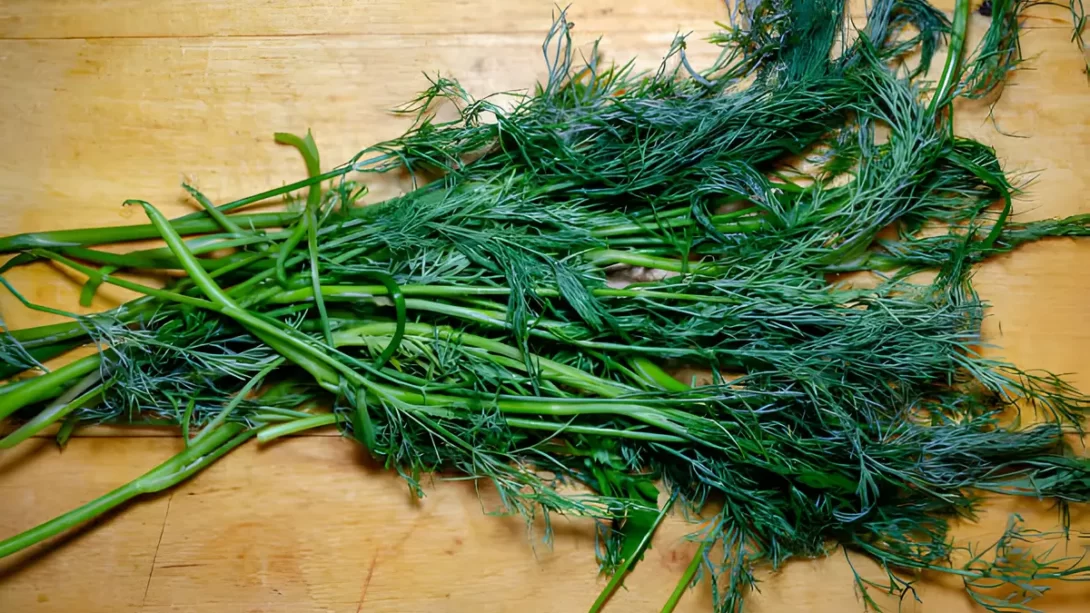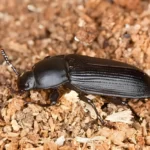Dill, a fragrant herb known for its feathery green leaves and sweet, aromatic flavor, is a staple in many kitchens. Widely used in a variety of cuisines, from Scandinavian to Mediterranean, dill adds a unique flavor to dishes like fish, salads, and sauces. Mastering the art of chopping dill can enhance your cooking by releasing its full flavor and improving the presentation of your dishes. This guide will walk you through selecting, preparing, and effectively chopping dill to maximize its culinary potential.
Identifying Fresh Dill
The key to great flavor starts with selecting the best quality dill. Fresh dill should have vibrant green fronds, without any signs of wilting or yellowing. These fronds should be feathery and delicate, with a fresh, grassy aroma that is subtly sweet. When picking dill from your garden or choosing it at a store, look for bunches with firm stems and unblemished leaves. Freshness is crucial as it directly impacts the herb’s flavor and longevity.
Preparing Dill for Chopping
Before chopping, it’s essential to prepare the dill properly. Start by thoroughly washing the fronds to remove any dirt or debris. Gently shake off the excess water or pat them dry with a paper towel, being careful not to bruise the delicate leaves. Then, separate the thin, feathery fronds from the thicker stems, as the stems can be tough and are usually not used in cooking. This process not only ensures cleanliness but also makes chopping more manageable and helps in achieving a uniform texture in your dishes.
Essential Tools for Chopping Dill
Choosing the right tools can make a significant difference in the ease and efficiency of chopping dill. A sharp chef’s knife or a pair of kitchen shears are ideal for this task. The sharp blade of a chef’s knife allows for precise cuts without bruising the delicate leaves, while kitchen shears can be a quick, hassle-free alternative. As for the cutting surface, a wooden or plastic cutting board provides a stable base and helps to preserve the knife’s edge. For those who don’t have specialized knives, a sharp, small kitchen knife can also do the job effectively.
Techniques for Chopping Dill
Chopping dill is a straightforward process, but requires a gentle touch to maintain the integrity of the herb. Here’s a step-by-step guide:
- Gather the Dill: Once separated from the stems, loosely bunch the dill fronds together. This makes it easier to achieve uniform cuts.
- Rocking Motion: Using a chef’s knife, employ a gentle rocking motion to slice through the dill. Start at one end of the bunch and work your way to the other, keeping the knife tip on the cutting board.
- Fineness of the Chop: Adjust the fineness of your chop based on the dish. For garnishes, a finer chop is preferable, while a coarser chop works well for salads and sauces.
- Minimizing Waste: To minimize waste, chop as close to the stem as possible, but avoid including the tough stem pieces in your final product.
- Consistency: Aim for consistent size in your chopped dill for even distribution of flavor in your dishes.
Storing Chopped Dill
Proper storage of chopped dill is essential to maintain its freshness. Ideally, use the dill immediately after chopping for the best flavor. However, if you need to store it, place the chopped dill in an airtight container and refrigerate it. It can also be frozen in an ice cube tray with water or olive oil for long-term use. Chopped dill, when stored properly, can last in the fridge for a few days, though its flavor is most potent when fresh. Be mindful of the shelf life and try to plan your usage accordingly to reduce waste and ensure the best taste.
Common Mistakes to Avoid
When chopping and storing dill, there are several common mistakes to watch out for. These include:
- Overwashing: Excessively washing dill can lead to waterlogged leaves, making it difficult to chop neatly. Wash gently and pat dry thoroughly.
- Using Dull Knives: A dull knife can crush the delicate leaves, leading to loss of essential oils and flavor. Always use a sharp knife for the best results.
- Overchopping: Overchopping can cause dill to lose its flavorful oils and become mushy. Chop just enough to get the desired texture.
- Incorrect Storage: Avoid storing dill without proper air circulation or at incorrect temperatures, as this can speed up spoilage.
In case of mistakes, try to salvage what you can by adjusting the use of dill in your cooking. For example, slightly overchopped dill can still be used in sauces or dressings where the texture is less noticeable.
Conclusion
Chopping dill effectively is a simple yet important skill that can elevate your culinary creations. By selecting fresh dill, preparing it correctly, using the right tools, and following proper chopping and storage techniques, you can maximize the herb’s aromatic flavor and texture in your dishes. Remember, the key to great cooking is not just in the recipe, but also in how you prepare your ingredients. With these tips, you’re well on your way to making the most of this delightful herb.



